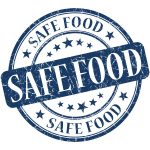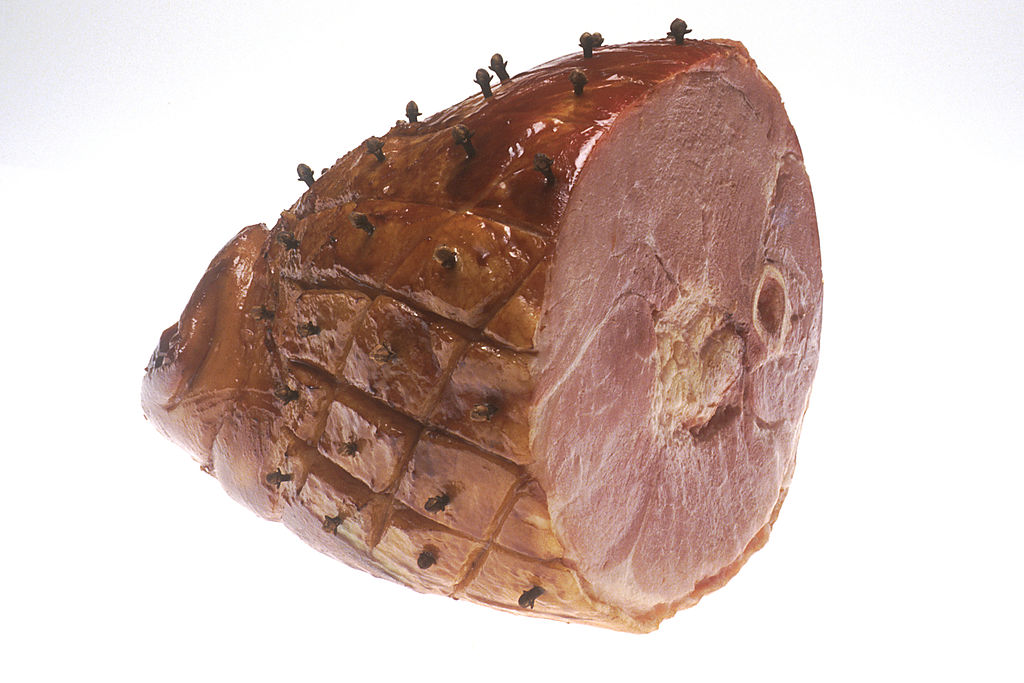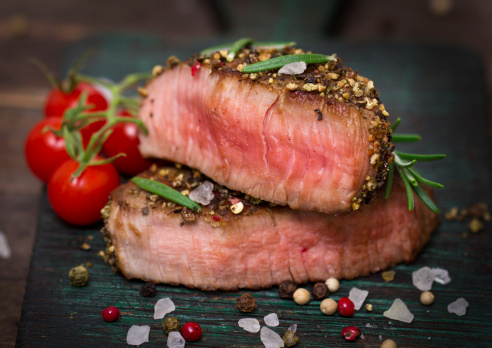
A breath of fresh air, fuller trees and fresh blossoms can mean only one thing – It’s spring time!
With winter out of the window, and all foodies gearing up to try new recipes for spring, safety must not be neglected.
A few safety tips will help ensure your spring festivities are enjoyable.
Why Food Safety Is Important
Cooking food safely not only during spring but throughout the year can bring you some serious health benefits. Safe and well cooked food can help you lose weight much faster. Since spring is a time for celebrations food is cooked with extra love and care, making it highly nutritious and tasty.
Some major spring foods that SHOULD be cooked at the right temperature are ham, lamb, eggs and beef. Raw meats need certain ideal temperature to be cooked well. Cooking these food items safely needs special attention.
Some useful tips to serve up a food safe festivity for the following items:
HAM: Fresh, uncooked hams, spiral-cut or fully cooked or country ham can be prepared safely between 140 F to 145 F.
Cooking ham at this temperature kills any harmful germs and helps bring out the important nutrients.
LAMB: Regardless of the cut – Shanks, shoulders or steaks, lamb must be cooked at a safe temperature of 145 F with three minutes of resting time.
Anyone fond of cooking MUST have a food thermometer. It makes sure that all disease causing bacteria are completely destroyed.
EGGS: Any egg dish for immediate consumption should not be kept out at room temperature for more than two hours.
And serve cooked egg dishes immediately.
BEEF: Beef brisket and lamb dishes are very popular around the spring holidays. Unlike other beef cuts, briskets require a longer cooking time.
While cooking in an oven make sure to cover the meat with about 1 inch of water in no less than 325 F.
Also make sure to keep the container covered during the entire cooking time.
These are few of the many safety tips to cook healthy food and enjoy your spring holidays. The next level for food safety tips is Hygiene. Separate raw meat from cooked food to avoid spreading foodborne diseases.
Poultry, Fish, Meats should be cooked at least at 165 degree before taking it off the grill or out of the oven.
Temperatures to cook raw meat:
| Food | Internal Temperature |
| Beef (Ground) | 160°F |
| Chicken or Turkey (Ground) | 165°F |
| Beef, Veal & Lamb(Roasts, Chops, Steaks) | 160-170°F |
| Pork | 160°F |
| Chicken and Turkey Breasts | 170°F |
| Chicken or Turkey (legs, thighs & wings) | 180°F |
While cooking various dishes using different kinds of meat, fish and poultry, make sure to wash them separately in different containers. Wash your hands in between cooking and handling raw food.
With spring around comes spring cleaning, the perfect time to give the kitchen a quick safety check. Though the kitchen area must be clean throughout the year, spring is the time to clear out all the winter holiday foods.
Safely dispose off any leftovers that have not been stored properly for more than four days. Wash the kitchen counters and utensils with hot soapy water before and after preparing meals.
Unrefrigerated foods specially during the springs/summers tend to rot sooner. Spoilt food can’t always be detected just by it’s appearance or taste. Do not risk your health by tasting such foods to check their validity. Don’t think twice before tossing out food with a layer of mold.
Storing raw meat in a plastic bag at the bottom of your refrigerator can prevent their juices from dripping on and spoiling other foods items. Also regularly clean drawers, shelves and the inside of a refrigerator with hot soapy water instead of using chemical based disinfectants.
Few guidelines on how to store various food products on different temperatures:
|
PRODUCT |
STORAGE PERIOD |
|
| In Refrigerator 40 degrees F (5 degrees C) |
In Freezer 0 degrees F (-18 degrees C) |
|
| Fresh Meat: | ||
| Beef: Ground | 1-2 days | 3-4 months |
| Steaks and roasts | 3-5 days | 6-12 months |
| Pork: Chops | 3-5 days | 4-6 months |
| Ground | 1-2 days | 3-4 months |
| Roasts | 3-5 days | 4-6 months |
| Cured Meats: | ||
| Lunch Meat | 3-5 days | 1-2 months |
| Sausage | 1-2 days | 1-2 months |
| Hot dogs |
Unopened, 2 weeks Opened, 1 week |
|
| Prepared salads (egg, tuna, etc) | 3-5 days | Don’t freeze |
| Gravy | 1-2 days | 2-3 months |
| Soups or stews | 3-4 days | 2-3 months |
| Fish: | ||
| Lean (such as cod,flounder, haddock) | 1-2 days | up to 6 months |
| Fatty (such as blue, perch, salmon) | 1-2 days | 2-3 months |
| Chicken: Whole | 1-2 days | 12 months |
| Parts | 1-2 days | 9 months |
| Giblets | 1-2 days | 3-4 months |
| Dairy products: | ||
| Swiss, brick, processed, cheese | 3-4 weeks | * |
| Soft cheese | 1 week | 6 months |
| Milk | 5 days | 1 month |
| Ice cream, ice milk | – | 2-4 months |
| Butter | 1-3 months | 6-9 months |
| Buttermilk | 7-14 days | 3 months |
| Cream cheese | 2 weeks | – |
| Cream | 3-5 days | 4 months |
| Sour cream | 7-21 days | – |
| Yogurt | 7-10 days | – |
| Eggs: Fresh in the shell | 3 weeks | – |
| Hard-boiled | 1 week | – |
| Pasteurized liquid |
3 days (opened) 10 days (unopened) |
1 year |
| Mayonnaise | 2 months | don’t freeze |
| TV dinners | – | 3-4 months |
| Store-bought convenience meals | 1-2 days | – |
| Cooked meat leftovers | 3-4 days | 2-3 months |
| Pizza | 3-4 days | 1-2 months |
| Stuffing, cooked | 3-4 days | 1 month |
| Dough – tube can, cookies | use-by date | 2 months (don’t freeze tube cans) |
Celebrating the spring holidays with friends and family around the barbeque could be so much more relaxing when all safety measures are in order.
Cooking outdoors needs special safety as much as having fun. Take out raw meat and other cooked items only when needed. Bacterias are always on a lookout for moist temperatures to start growing on foods. Also while cooking out in the nature, make sure to keep the food covered at all times.
Follow these handy spring food safety tips, maintain hygiene all round the year and enjoy healthy happy holidays with your loved ones. And make others around you aware of food safety tips.
Sources:

















